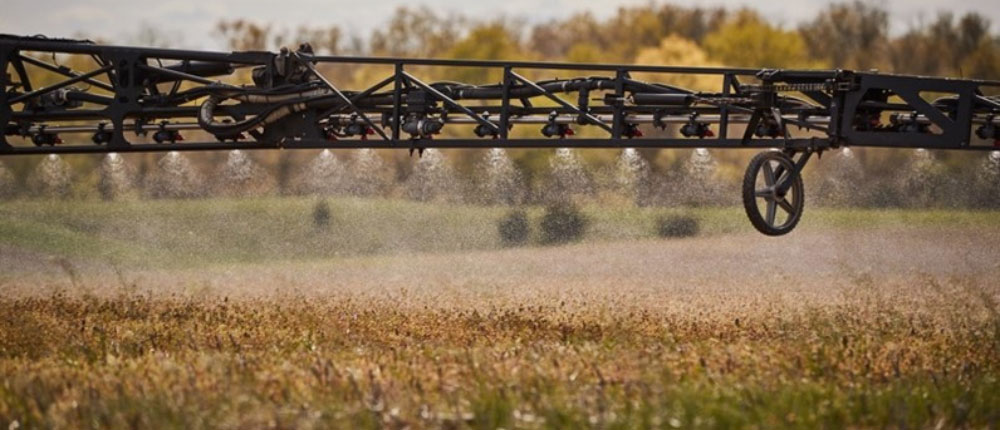When growing conditions are dry to droughty weed control can be problematic in corn, particularly when tillage has been limited to conserve soil moisture and/or the water requirements to activate residual herbicides has not been sufficient. Additionally, when moisture is restricted, canopy closer can be delayed which may allow drought tolerant weeds such as Palmer amaranth and others to become established.
Having knowledge of previous weed infestations in a field and scouting prior to and after planting is important for weed identification and management. Starting fields clean prior to planting either by tillage or herbicide burndown helps to reduce weed growth during early corn emergence. Including a residual herbicide in the burndown can help manage weed seeds that have not germinated.
Regardless of drought stress, weeds continue to grow, use water that a stressed corn crop could use, and without control, set seeds. Aboveground weed tissue may be reduced; however, research has shown that under water stress, weeds prioritize root growth to access water.1 Weeds also become hardened under water stress and become more difficult to kill. Like a corn plant, the stomata on a weed’s leaf close under stress and the waxy leaf covering becomes thicker to reduce evaporation. These factors reduce the potential for foliar herbicides to be absorbed and translocated or cause leaf necrosis.2
No herbicide is drought proof; however, including an herbicide with multiple modes of action (MOA) in the burndown or as a post-emergence option increases the potential for control efficacy. Tank mixing with another herbicide class can add another layer of protection. An herbicide such as TriVolt™ herbicide, a restricted use pesticide (RUP), offers three modes of action including a 27 HPPD inhibitor (isoxaflutole), a 2 ALS inhibitor (thiencarbazone methyl), and a 15 VLCFA inhibitor (flufenacet) along with the CSA crop safener cyprosulfamide to safen corn to isoxaflutole.
Isoxaflutole provides knockdown (when crop oil or MSO is added) and residual control of labeled small and large seeded broadleaf species and moderate control of labeled grass species. Isoxaflutole breaks down into a more water soluble, herbicidally active metabolite which can reactivate with later rainfall to help control small, emerged seedlings. Thiencarbazone methyl provides knockdown and residual activity on labeled grasses and broadleaf species. Flufenacet provides residual control of labeled grasses and small seeded broadleaf species; however, more water is needed for activation due to lower water solubility. It takes longer for flufenacet to activate but residual activity lasts longer because it isn’t washed out of the emergence target zone. Regardless of these TriVolt™ herbicide (RUP) attributes, it still takes about ¼ to ½ inch of rainfall for activation.

Always read and follow label instructions.
Sources
1Singh, M., Thapa, R., Kukal, M.S., Irmak, S., Mirsky, S.B., and Jhala, A. 2023. Effect of drought on weeds: results of global meta-analysis. CROPWATCH. University of Nebraska-Lincoln. https://cropwatch.unl.edu/2023/effect-drought-weeds-results-global-meta-analysis
2Bearden, J. 2018. Weed control during drought. Blogs. University of Florida. IFAS. https://blogs.ifas.ufl.edu/okaloosaco/2018/01/02/weed-control-during-drought/




